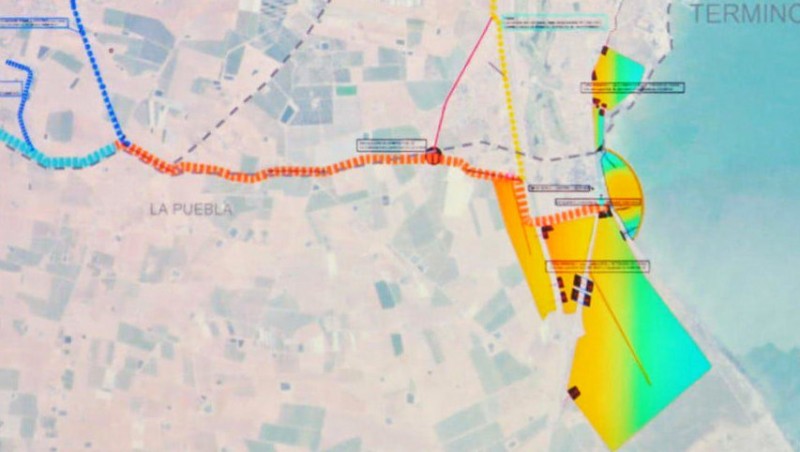

Guidelines for submitting articles to Mazarron Murcia
Hello, and thank you for choosing Mazarron Murcia to publicise your organisation’s info or event.
Mazarron Murcia is a website set up by Murcia Today specifically for residents of the urbanisation in Southwest Murcia, providing news and information on what’s happening in the local area, which is the largest English-speaking expat area in the Region of Murcia.
When submitting text to be included on Mazarron Murcia, please abide by the following guidelines so we can upload your article as swiftly as possible:
Send an email to editor@spaintodayonline.com or contact@murciatoday.com
Attach the information in a Word Document or Google Doc
Include all relevant points, including:
Who is the organisation running the event?
Where is it happening?
When?
How much does it cost?
Is it necessary to book beforehand, or can people just show up on the day?
…but try not to exceed 300 words
Also attach a photo to illustrate your article, no more than 100kb

ARCHIVED - Los Alcázares residents present their own flood prevention scheme
A series of infrastructures would be created to divert floodwater from the Campo de Cartagena into wetland reserves
As residents of Los Alcázares, Los Nietos and other towns on the eastern shore of the Mar Menor continue to await plans to improve flood protection, a necessity highlighted in September by the disastrous flooding caused by the heaviest “gota fría” storm in the Region of Murcia for 50 years, a group of locals in Los Alcázares led by Santiago Pérez have been working on their own proposal to ensure that their town is less at risk in future.
Sr Pérez knows the area of the Campo de Cartagena well and is, among other things, a crop farmer, and with the help of two engineers has come up with a series of measures which they believe will provide long-term protection, consisting of the widening of existing floodwater channels, and the construction of new ones and the creation of large areas where floodwater can be accumulated and halted by the planting of flora which is native to the area. In this way the say that Los Alcázares, Torre Pacheco, San Javier and the Mar Menor can be “saved” from future floods.
The first step in the flood prevention strategy starts a long way inland and involves preventing floodwater running off from the mountains of Sierra de Carrascoy towards the Mar Menor. In order to achieve this small dams and pools would be built on areas of land where neither agriculture nor urban development would be permitted, in Fuente Álamo, Corvera, Cuevas del Reyllo and other areas as far as 25 kilometres from the coast of the Mar Menor.
Moving closer to “ground zero”, the plan then outlines the creation of various structures to intercept floodwater in the vicinity of Torre Pacheco and diverting it to channels such as the Rambla del Albujón, which would be widened in order to increase its capacity. On top of this, the need to make the D7 canal longer and increase its capacity is also addressed, allowing it to serve as a dyke and again divert water towards the Rambla del Albujón and away from built-up areas.
But the problem remains, of course, that the floodwater must end up somewhere, and the drastic deterioration in water quality in the Mar Menor since September has underlined the importance of ensuring that it does not all cascade immediately into the lagoon. In order to prevent this the idea would be to re-direct the Rambla towards the volcanic plug of El Carmolí, where a large floodwater pool or wetland would be created from which water would be allowed to enter the Mar Menor only in extreme circumstances.
It all sounds relatively simple but it is only the outline of a possible plan, and more technical analysis and input is being sought from the official College of Engineers in Murcia. But as the Ciudadanos spokesman Juan José Molina stated in the regional parliament on Wednesday after his party had demanded the implementation of a new Flood Risk Management Plan from the CHS water infrastructures administration body, that plan was drawn up in 2017 but has still not been acted on.
The result, Sr Molina says, is that when the next gota fría storm arrives it may be that Murcia is equipped with in-depth studies, fabulous plans and various panels and committees formed by “magnificent experts”, but not with the actual flood prevention measures which are needed.
Follow Murcia Today on Facebook to keep up to date with all the latest news, events and information in the Region of Murcia and the rest of Spain: https://www.facebook.com/MurciaToday/






























